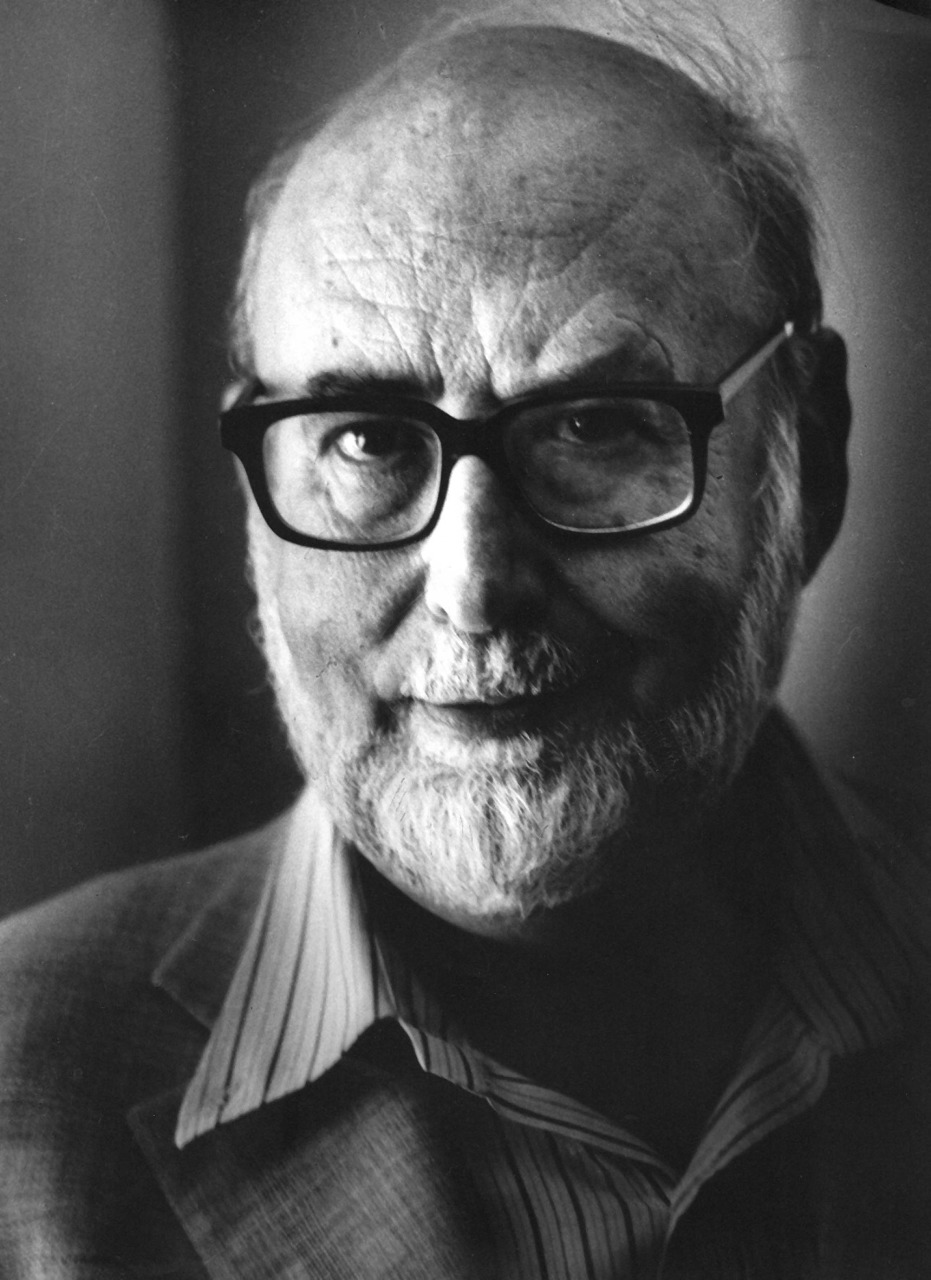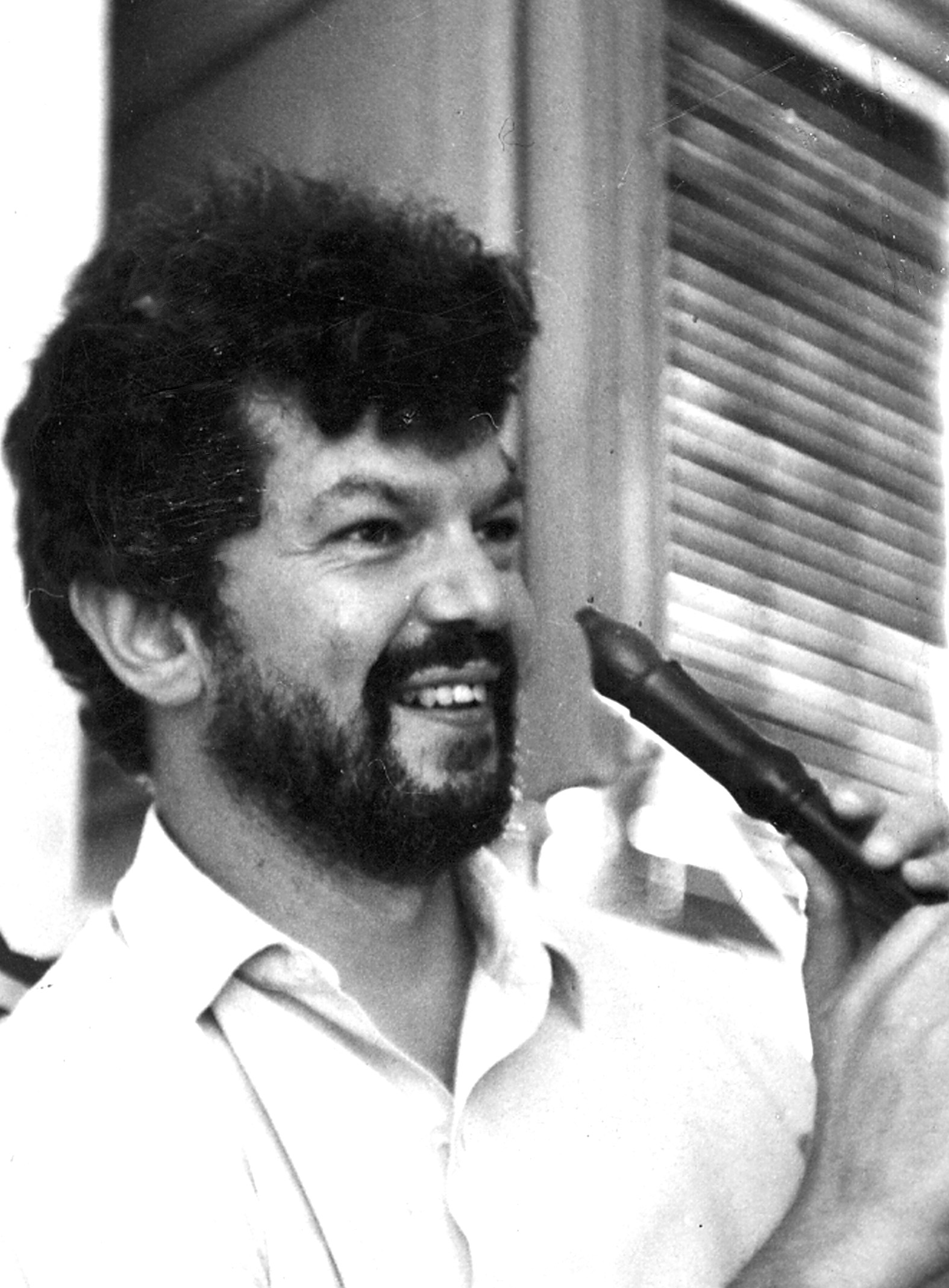
| Welcome | Research | Activities/teaching | People | Links |
Research
Particle physics phenomenology
Gravitation and early universe cosmology
Particle physics phenomenology
The standard model of particle physics describes the properties of the fundamental particles and their interactions. The theory has been succesfully tested in a great variety of experiments, such as the high-energy collider experiments at CERN and at Fermilab. In the next few years the upcoming LHC experiment will test the final unverified element of the model, namely the existence of the Brout-Englert-Higgs boson. There are several well-motivated extensions of the standard model, including extra dimensions, extra matter families, grand unified theories, right-handed neutrinos, etc. These extensions may shed light on some of the present enigmas in particle physics, such as the origin of CP violation, the origin of neutrino masses and the nature of dark matter. Furthermore it is hoped that these models could explain the dominance of matter above antimatter in the process of baryo- and/or leptogenesis.
Gravitation and early universe cosmology
Gravity is the dominant force on large scales in the universe. It is also the least well known force of nature, both at very large scales and at very small scales. Under extreme conditions, such as the vicinity of black holes or spacetime singularities, Einstein's general relativity seems to be inadequate and a more fundamental theory is needed. This calls for efforts to embed general relativity in supersymmetric models and/or string theories, as well as for studies of extensions of Einstein's theory (such as massive gravity) and their cosmological signatures. Early universe cosmology deals with the early phases in the history of the universe. It is currently believed that the very early universe went through a period of accelerated expansion, known as inflation. In this era primordial density fluctuations were generated that are believed to provide the seeds for the formation of galaxies. Although phenomenologically successful, the inflationary paradigm is in need of a solid particle physics framework. Many of the proposed models, such as grand unified theories or supersymmetry/supergravity, predict the formation of cosmic strings. A better understanding of the properties of these strings is of major interest to learn about high-energy physics from cosmological observations. The latter include for example the cosmogical microwave background, galaxy surveys and 21cm Cosmology data.
Astro-particle physics
Astro-particle physics addresses questions at the interface of particle physics and astronomy, aiming both for a better understanding of the universe and of the fundamental laws of nature. One of the key issues in this field is to elucidate the nature of dark matter and dark energy. The existence of these forms of matter and energy is suggested by a variety of astrophysical observations but their microphysical origin remains unclear, posing an important challenge to particle physics models. These questions provide a major window on physics beyond the standard model. Other subjects of interest include the origin of ultra-high-energy cosmic rays and the study of astrophysical neutrinos. The observation of these neutrinos could help to determine their fundamental properties (such as masses and mixing angles). Furthermore they could probe energetic astrophysical phenomena such as gamma-ray bursts.
Brout-Englert-Higgs mechanism

|

|

|
F. Englert and R. Brout, the founders of the Theoretical Physics group, have obtained several prestigious prizes for their research:
- Prix Francqui 1982
- The 1997 High Energy and Particle Physics Prize of the European Physical Society
- The 2004 Wolf Prize in Physics
- The 2010 J.J. Sakurai Prize for Theoretical Physics [en / fr]
- The 2013 Prince of Asturias Award for Technical and Scientific Research
- The Nobel Prize in Physics 2013 has been awarded to F. Englert and P. W. Higgs
See also here (EN) or here (FR) for information (news, presentations, pics,...) on the Brout-Englert-Higgs mechanism and the Standard Model Scalar particle.